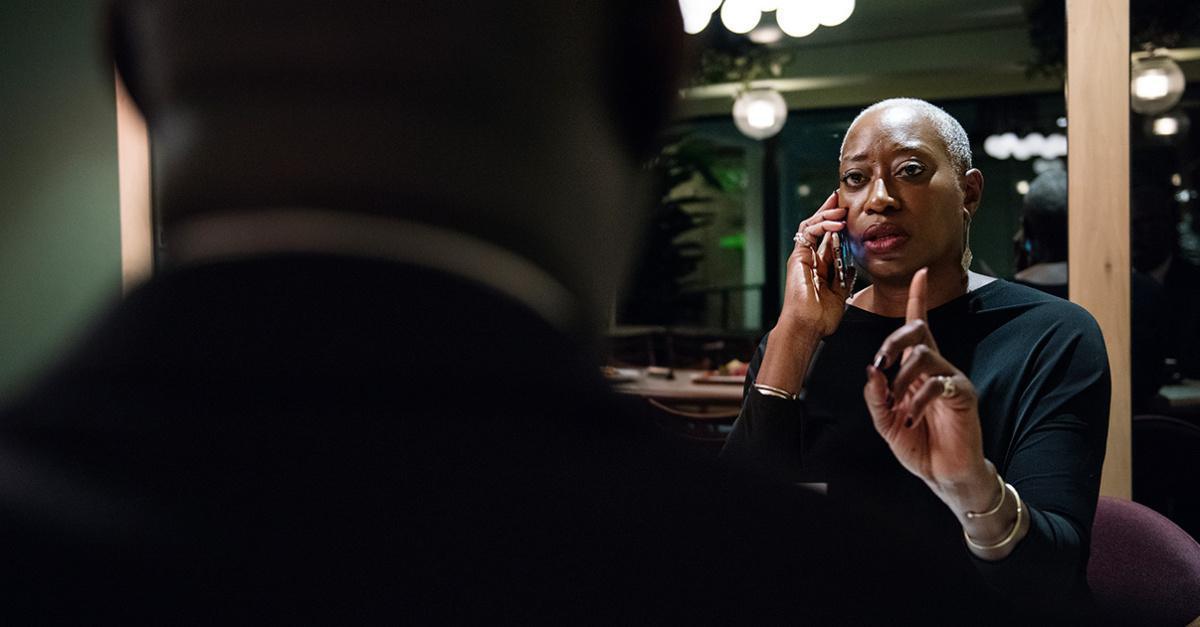Ever had one of those conversations where you go in looking for advice but end up answering your own questions? Where with a bit of prodding and some space to think you find your ability to innovate and create solutions to be limitless?
I have one of the best jobs in the world. Every day I get to sit down with incredible CEO’s, execs and entrepreneurs and get paid to be their thinking partner.
At the most fundamental level, a thinking partner is someone who helps you to explore your thinking. I was first introduced to it through the work on Nancy Kline.
It’s a process of co-creation. A mental dance (sometimes sparring) that helps to uncover deeper patterns of thinking and that challenges perceptions and assumptions.
One of the best things you can do in the pursuit of success & creativity is to seek out thinking partners and to be one for others. I have at least four different thinking partners. Some are friends with specific qualities that I value. Some are paid coaches.
I decided to write this mini-guide on how to be a great thinking partner to help you also tap into the power of this incredible practice. Below are 5 ideas to mull over.
The Oscillation Of Broad And Narrow
Every conversation should ebb and flow between broad and narrow. Big, sweeping questions followed by specific, focused questions. This rhythm flows naturally through the entire session.
Here’s what it might look like:
You: What would you like to talk about? (Broad)
Friend: The past 2 weeks have been crazy. I have been battling to stay consistent at training and have had some intense issues at work.
You: Which do you think is most important to discuss today? (Narrow)
Friend: If I can get my training in order then a lot of other things fall into place. So, let’s start there.
You: Perfect. What has been happening with your training? (Broad)
This is simply an example of how broad and narrow questions oscillate. It does not mean that you switch between them with every alternating question. It’s important to develop a touch of when to use which kind of question.
Broad questions are best used to get the lay of the land. To open up possibility and opportunity.
Narrow questions are best used to create commitment, to challenge, to pinpoint.
Show And Tell
Being a thinking partner is not an exercise in distilling your best advice. So what do you do then with all your years of experience?
You show and tell.
When the time is right you are welcome to relay a story from your experience if it’s relevant to the conversation. It’s offered to your thinking partner not as a suggestion but as a point of reflection.
One of the most important rules of being a thinking partner is that it’s not your job to solve the challenge at hand. “I know the answer” is not conducive to the thinking space.
Truth be told, you might have the perfect answer. However, the way in which it is presented makes a big difference. I am sure you have often experienced advice delivered but not received.
Advice giving rarely works. Instead, give the gift of reflection and discovery.
No Attachment To The Outcome
To tie into the previous idea, one of the beautiful things about the thinking partner space is that you never know where you will end up. If you lean into the session with a predetermined idea of how it should go or what the answer could be then you might as well not show up.
The session is not about your outcomes. It’s about helping someone else to create theirs.
Be Patient
I have had sessions with clients where for 45 minutes we were just exploring, sparring, flowing without feeling like we are making any progress. In my rookie days, this freaked me out. What if I could not help my client to gain new insights before the session is done? But then, in the 46th minute, a breakthrough occurs and it makes every minute of sweating to get there worth it.
Do not force it.
You’ll want to jump into the conversation. To ask great questions. But remember that it’s your duty as a thinking partner to hold the space.
A space that’s not rushed or forced or pressurised.
A space that’s open, breathable, and filled with possibility.
To me, this means allowing for the slow second thought to surface. We all have a reactive thought to any question being asked. It’s the answer that’s been rehearsed. The one that you know well and that you give because you never questioned what lies beneath the surface.
Stay silent. Wait for the slow second.
Say Thank You
This is a great practice that one of my clients taught me. When you are offered a deep, insightful question, say thank you.
Say thank you because the question is a gift. Sitting with it and allowing for deeper reflection might lift your life, business, or relationships to an entirely different level.
Being a Thinking Partner
I have made being a thinking partner in my business. It’s a practised art form but also a skill that’s available to all of us. I hope this small little guide has pointed you in the right direction.
Erik Kruger is a personal Personal Development and Leadership Coach, Speaker and Author. Focused on helping leaders and organisations become better at the things that matter to them. Find him on Twitter - @erickruger
This article was originally published on www. erikkruger.com visit the site to learn more.




